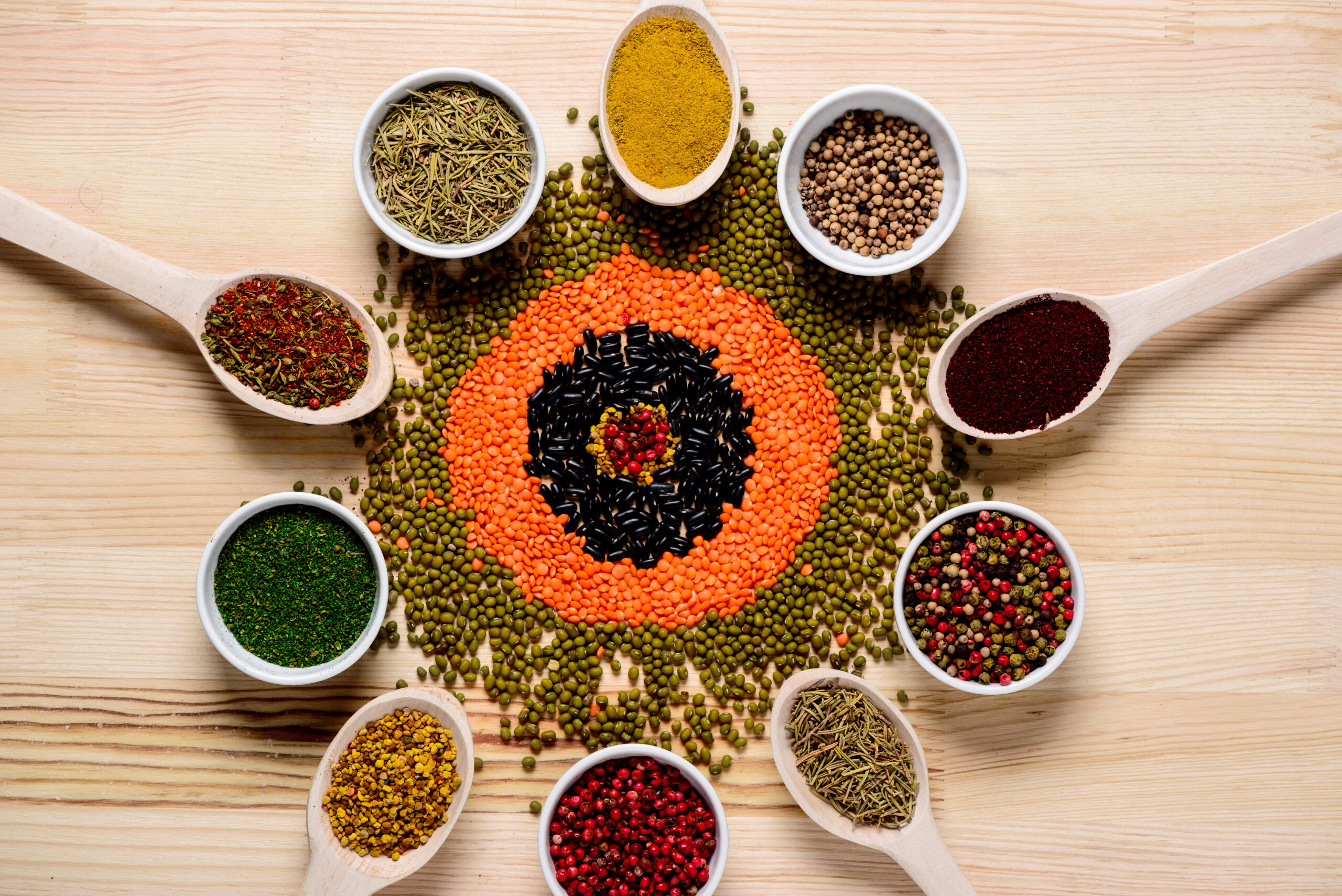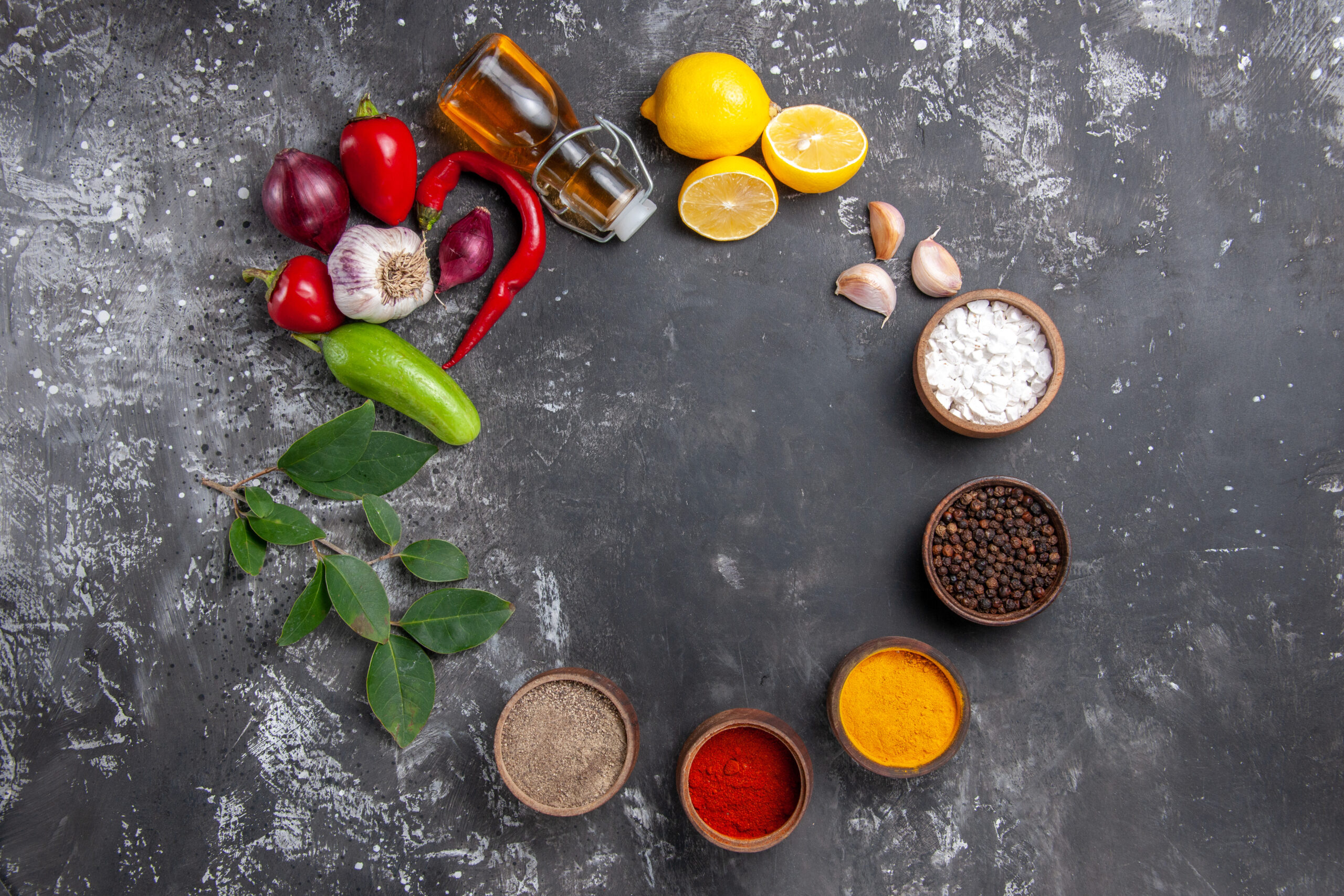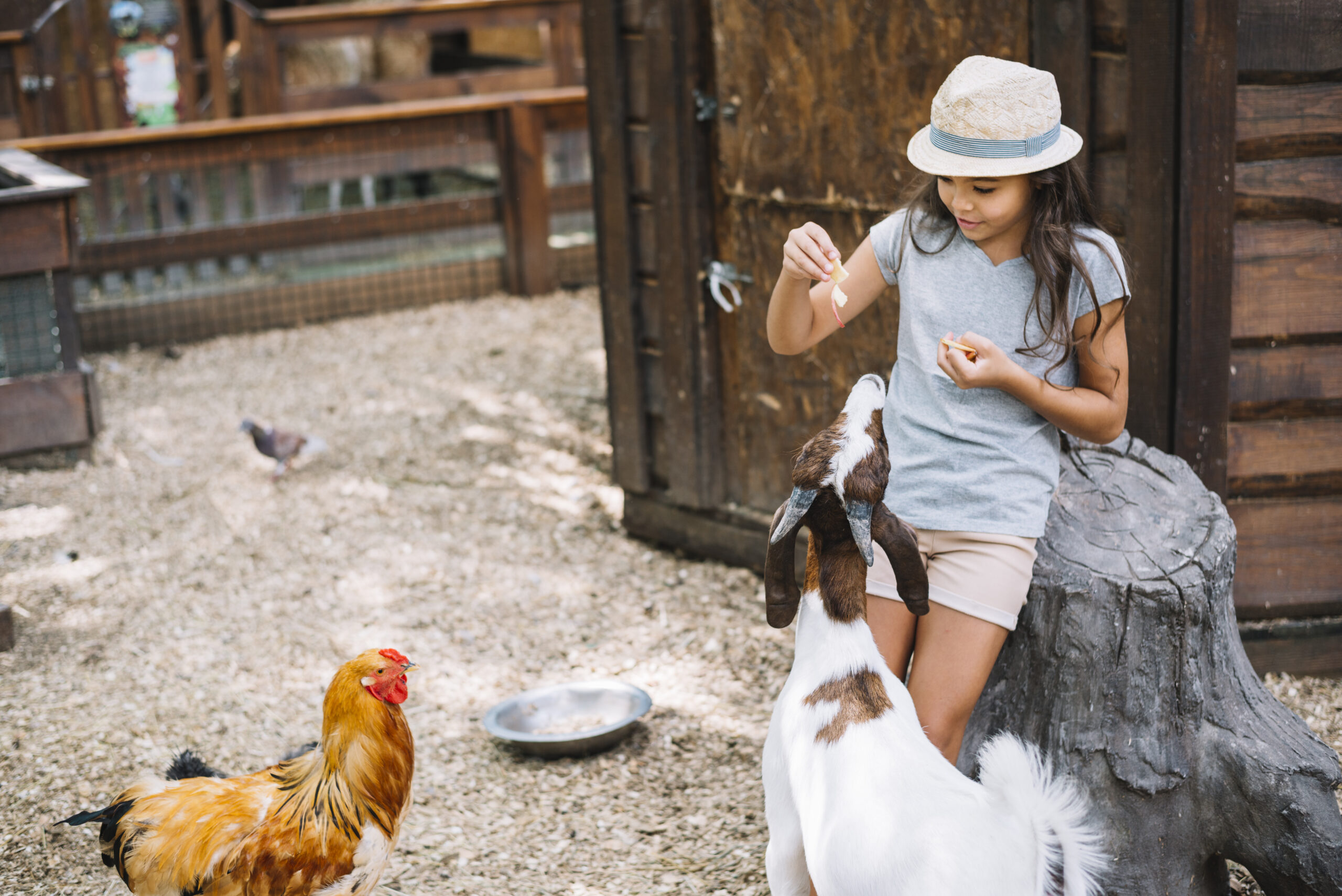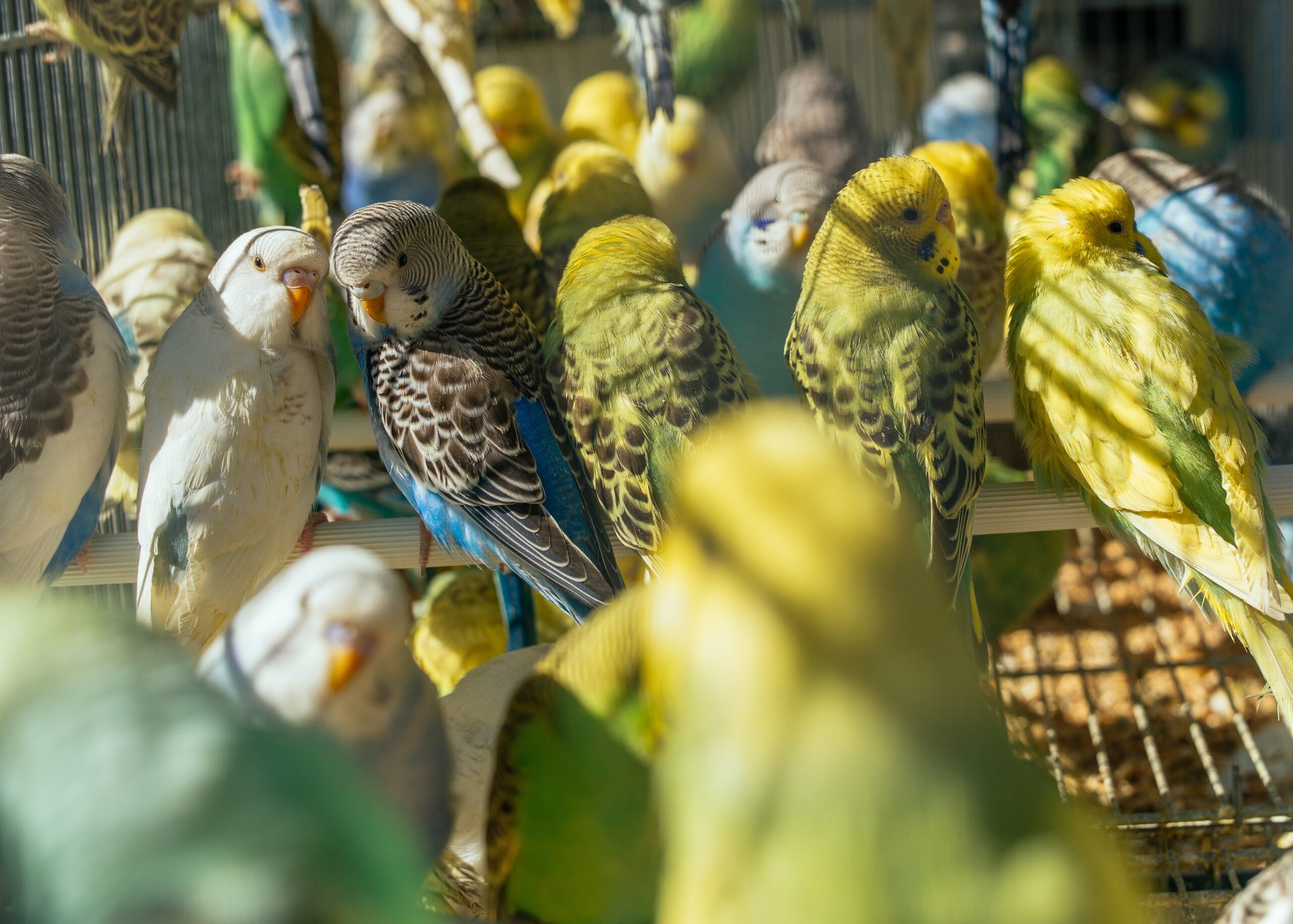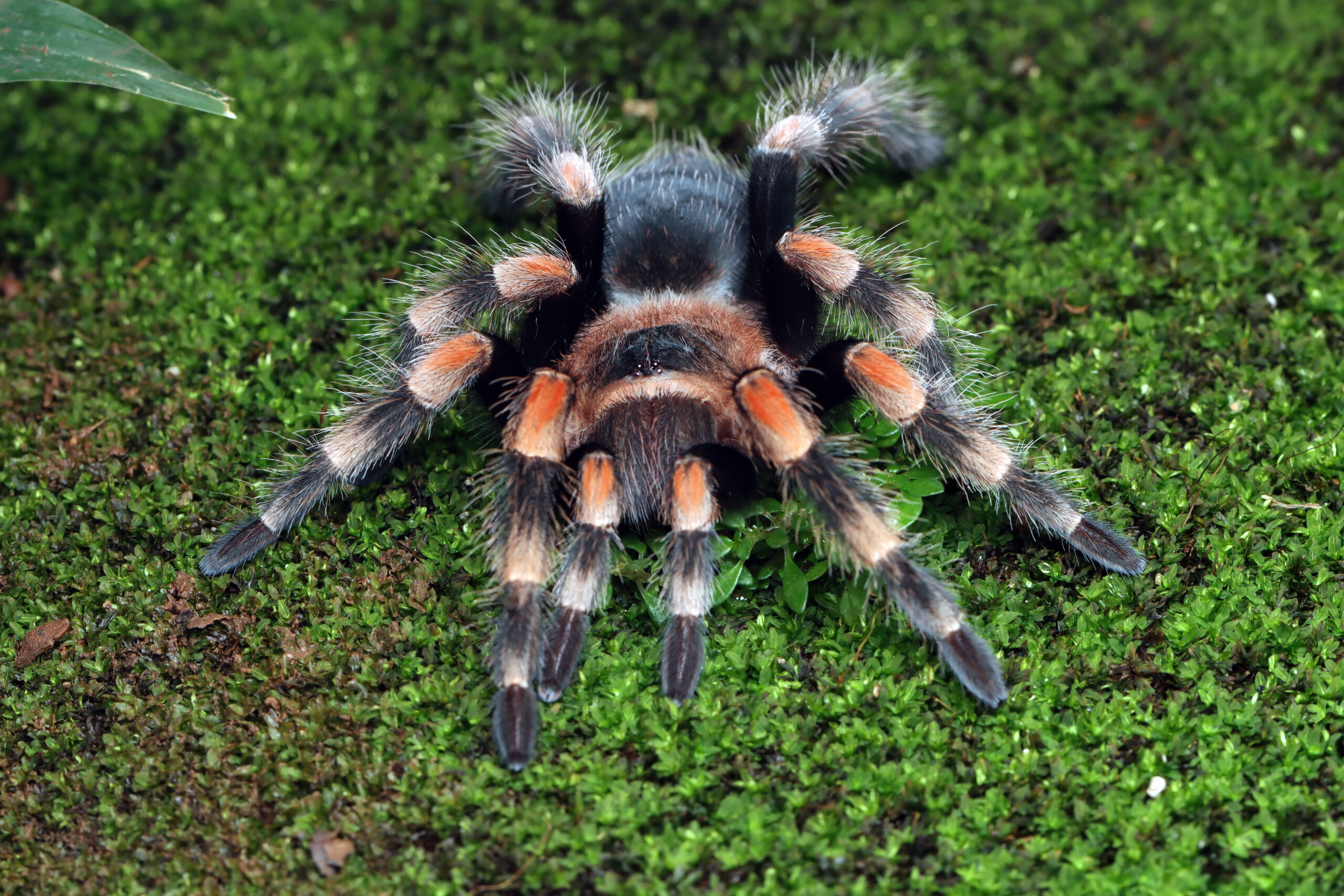
When you think of fermentation, your mind might jump to yogurt, kimchi, or sourdough. But what if I told you that this ancient technique is shaping the future of food? From space missions to sustainability, fermentation is no longer just a preservation method—it’s a gastronomic revolution.
Let’s dive into the bubbling world of fermentation and explore why it’s gaining gourmet attention, environmental value, and even interstellar relevance.
A Technique Older Than Civilization
Fermentation has been around for more than 10,000 years. Our ancestors discovered that grains could become beer, milk could become cheese, and cabbage could become tangy, probiotic-rich sauerkraut. But the real magic? It was all done without refrigeration.
This natural transformation by microorganisms not only preserved food but made it tastier, healthier, and more complex.
Fermentation Today: Beyond Sauerkraut
Fast forward to today’s culinary scene: fermentation isn’t just a trend—it’s a movement.
🌶️ 1. Chefs as Microbial Artists
Top restaurants like Noma in Copenhagen and Lyle’s in London have entire labs dedicated to fermentation. Chefs are fermenting everything from fish sauce to fruits to create flavor profiles you can’t get anywhere else.
🧀 2. Funky is the New Fancy
The rise of funky foods—think blue cheese, miso, black garlic—has cultivated a new appreciation for bold, complex flavors that were once considered strange.
🌱 3. Sustainability with Spores
Fermented foods are low-waste, require minimal energy, and have long shelf lives. They’re a perfect solution for eco-conscious kitchens and even food security initiatives.
🚀 Fermentation in Space
NASA is currently researching fermentation as a food solution for deep space missions. Why? Because microbes can help create food from waste, preserve nutrients, and even generate vitamins onboard spacecraft.
Imagine future astronauts dining on fermented tempeh, kombucha, and probiotic-rich foods while orbiting Mars.
The Gut-Brain-Flavor Connection
Fermented foods don’t just taste good—they make you feel good.
- Rich in probiotics, which support digestion
- Linked to better mood and mental health
- Enhance the bioavailability of nutrients
So yes, that sourdough you’re munching on? It might actually make you happier.
DIY Fermentation: A Bubbling Hobby
Home fermentation is easier (and more fun) than you think. All you need are:
- Clean jars
- Salt or starter cultures
- A little patience
Try starting with:
- Kimchi: spicy, crunchy, and bold
- Kombucha: fizzy, tangy tea
- Pickled garlic or carrots: a probiotic snack
Once you start fermenting, it’s hard to stop. The possibilities are endless—and delicious.
Final Thoughts: A Wild World Within
Fermentation isn’t just about food—it’s about culture, science, and sustainability. It’s a beautiful reminder that the smallest organisms can create the biggest flavor impacts.
As we push forward into a future of climate-conscious living and innovative cuisine, fermentation will likely sit at the center of it all—fizzing, bubbling, and evolving.
🥄 What’s your favorite fermented food? Have you ever tried making your own? Let’s stir the culture—drop your stories in the comments!

